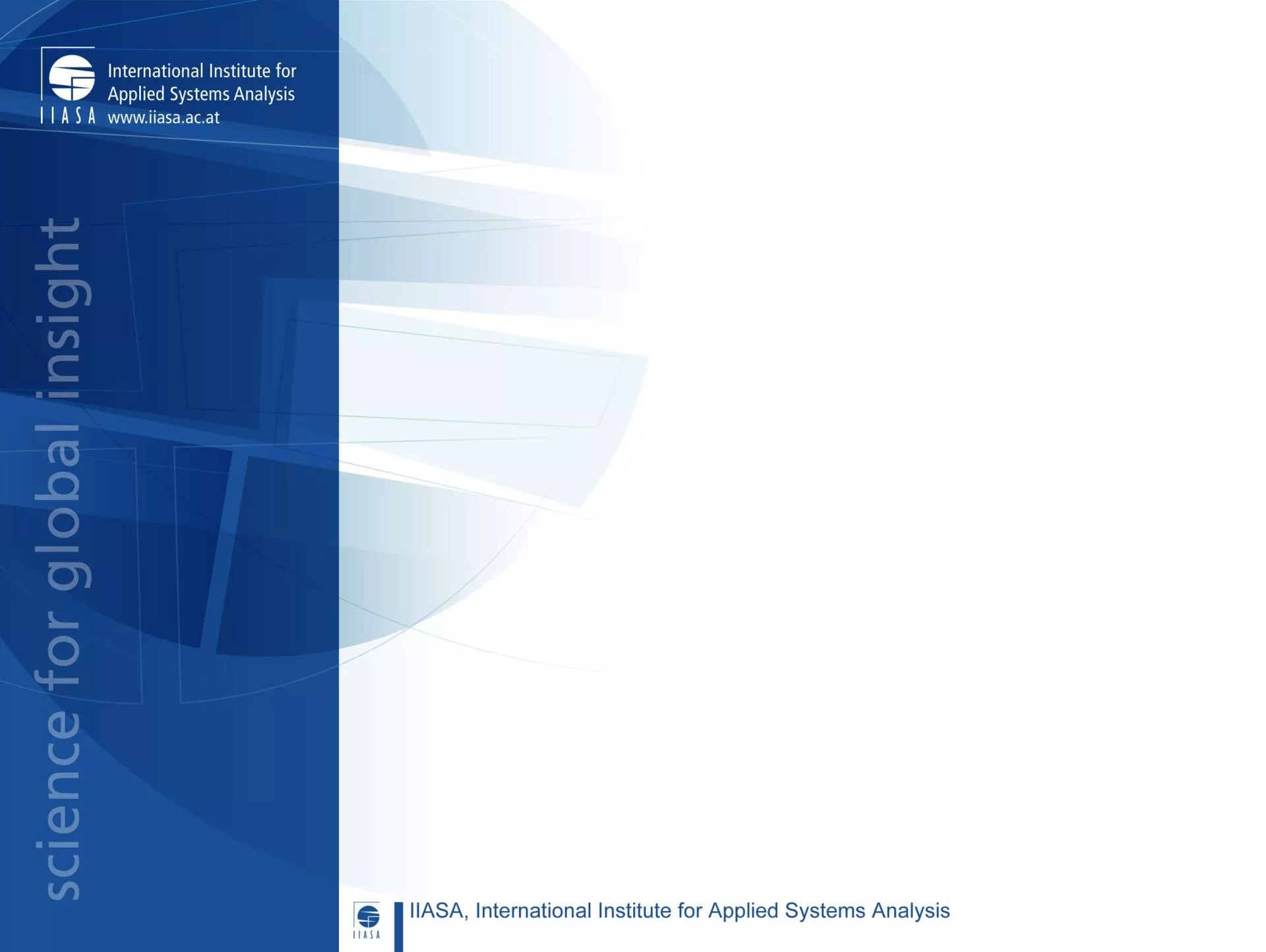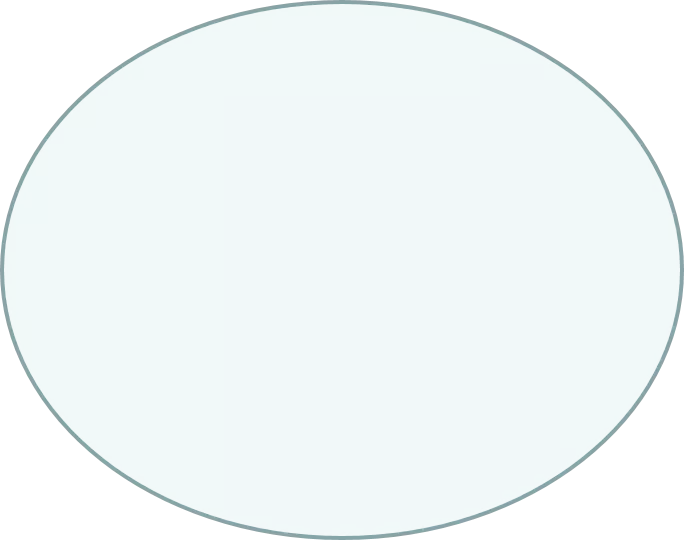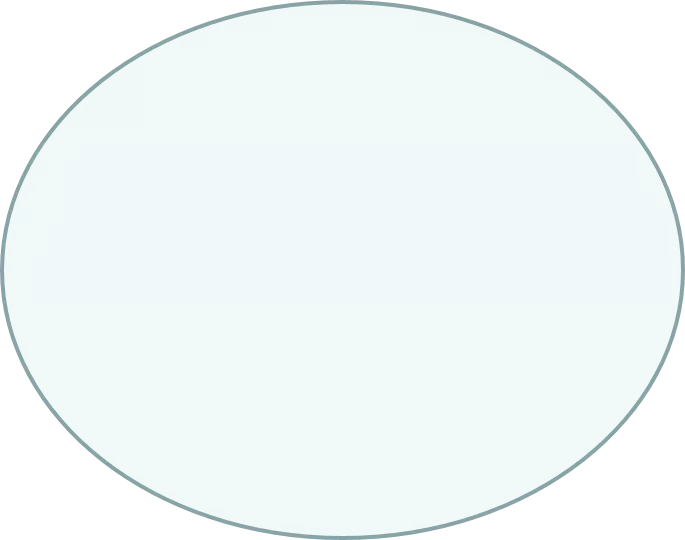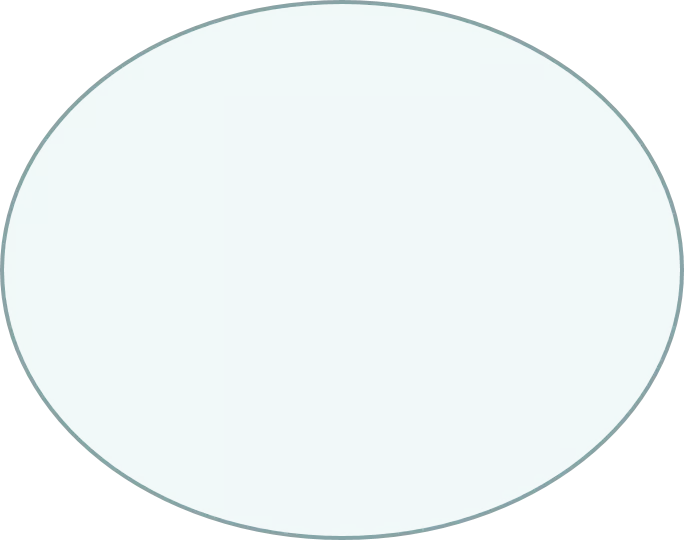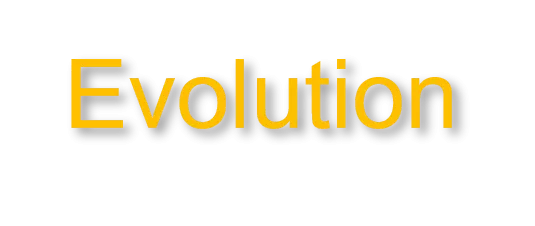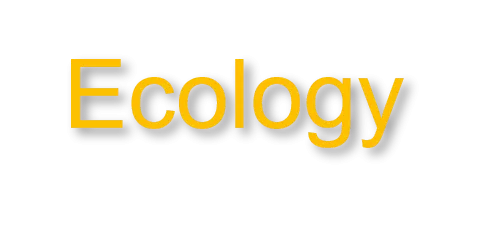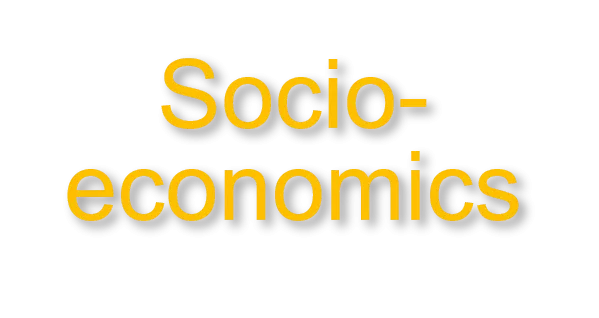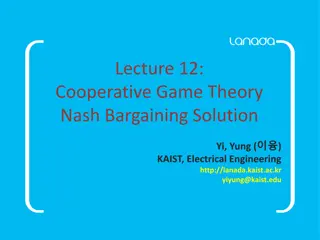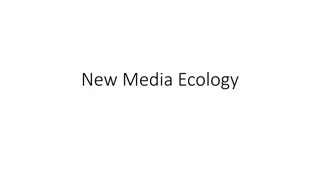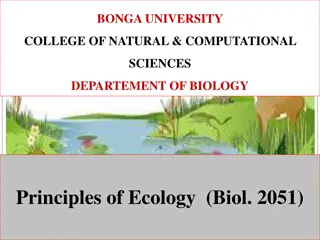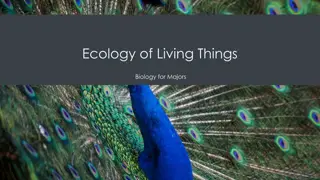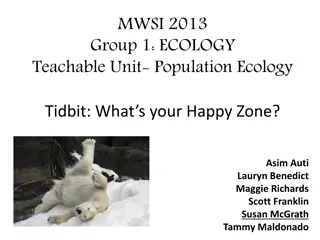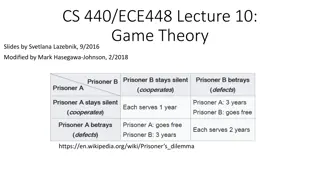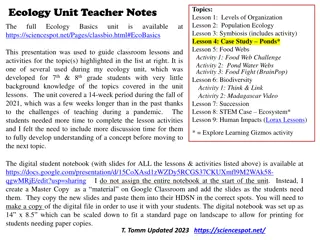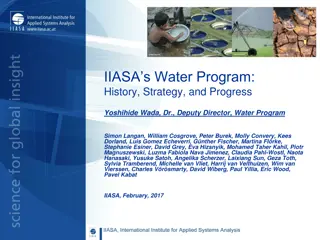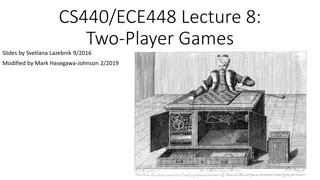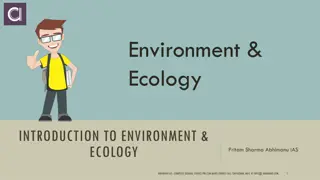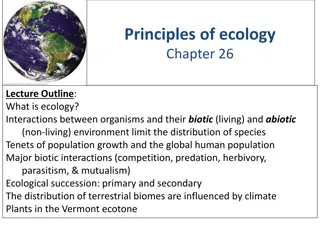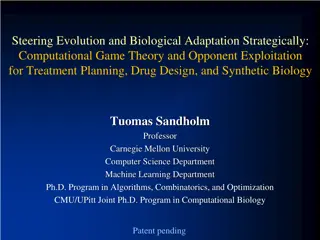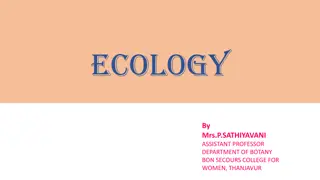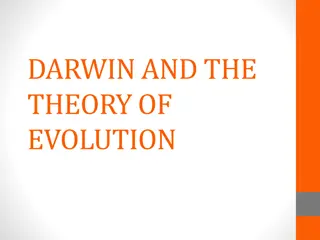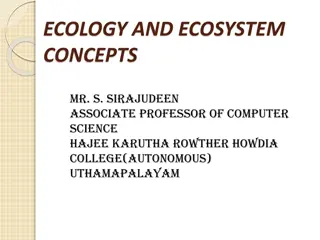Ecology, Evolution, and Game Theory at IIASA: Overview & Highlights
The program at IIASA focuses on understanding the impact of anthropogenic environmental factors on living systems, including fisheries, biodiversity, and common goods. Highlights in ecology cover pest management models, adaptive management, and resilience dynamics. In game theory, the focus is on decision analysis, replicator dynamics, and adaptive strategies like win-stay, lose-shift. The management of Northeast Arctic Cod and Barents Sea Capelin presents challenges addressed through innovative integrated assessment models, with a focus on achieving diverse objectives such as profitability and sustainability.
Download Presentation

Please find below an Image/Link to download the presentation.
The content on the website is provided AS IS for your information and personal use only. It may not be sold, licensed, or shared on other websites without obtaining consent from the author. Download presentation by click this link. If you encounter any issues during the download, it is possible that the publisher has removed the file from their server.
E N D
Presentation Transcript
Ecology, Evolution, and Game Theory at IIASA: Overview & Highlights Ulf Dieckmann Program Director Evolution and Ecology Program dieckmann@iiasa.ac.at
Living Systems Socio- economics Ecology Evolution Anthropogenic environmental impacts on fisheries, biodiversity, common goods,
Early Highlights in Ecology Pest management models Adaptive management Resilience dynamics
Early Highlights in Game Theory Game theory, decision analysis Indirect reciprocity Other methodological innovations Replicator dynamics Win-stay, lose-shift Adaptive dynamics
Fishery Systems Management system Fishery policy and planning Management measures Service values Fishery management Fishery development Fishery research Socio-economic system Fishers Ecosystem services Supporting services Processors and retailers Regulating services Consumers Provisioning services Socio-economic environment Cultural services Natural system Target stock Non-target species Fishing pressure Ecosystem status Ecosystem embedding Physical environment
Management of Northeast Arctic Cod Challenge Harvest-control rules are politically negotiated without support from quantitative modeling Innovation Our integrated assessment model couples biological with economic processes and probes alternative objectives Results Current rule maximizes profit, while alternative objectives lead to more aggressive exploitation Yield-maximizing HCR (Johannesburg World Summit 2002) Welfare-maximizing HCR Current HCR Profit-maximizing HCR Adult biomass (1000 tonnes) Marine Policy 39:172 (2013)
Management of Barents Sea Capelin Challenge Traditional assessments account for quotas, yields, and a single stakeholder group Innovation Our integrated assessment model accounts for 2 regulations (quotas and minimum-size limits), 4 benefits (yields, profits, employment, and ecological impact), and 5 stakeholder groups Results Maximum joint satisfaction is high, and is best achieved through minimum- size limits 5 10 15 20 80% Minimum-size limit (cm) Status quo 0 20 40 60 80 100 Annual harvest proportion of unprotected stock (%) Dankel et al., in prep.
Collapse of Northern Cod Challenge Stock collapsed in 1992 and has not recovered since; heavy exploitation favors earlier maturation at smaller size Innovation Pioneering statistical and modeling techniques Results We have documented a 30% drop in size at maturation and showed that such evolutionary impacts of fishing are very slow and difficult to reverse Size at 50% maturation probability at age 5 (cm) 80 70 Moratorium 60 50 40 30 1975 1992 2004 Nature 428:932 (2004)
Improving Fishing Policies Challenge Evolutionary considerations are a blind spot of current fisheries management Innovation Established international expert group on Fisheries-induced Evolution as part of the scientific advice by the International Council for the Exploration of the Sea (ICES) Results Monitoring maturation evolution has become a binding EU requirement; new tool: Evolutionary Impact Assessments (EvoIAs) Science 318:1247 (2007) Science 320:48 (2008)
Fisheries-induced Evolution: Timeline 1st IIASA study Case study in Nature New statistical method Science Policy Forum Economic 1000 repercussions in PNAS New New modeling framework fisheries-induced evolution etc. calibration method Citations to articles containing Inclusion in EU Marine Strategy FrameworkDirective 1998 2004 2010 2016
A New Understanding of Biodiversity Challenge Factors maintaining biodiversity are poorly understood Innovation New model accounting for spatial structure and partner choice Results Correction of a textbook error and refocusing of debate: biodiversity can be maintained without ecological differentiation Nature 484:506 (2012)
Calibrated Stream Ecosystem Models Challenge Causal processes underlying biodiversity patterns need to be understood Innovation New process- based and empirically calibrated model of biodiversity in stream ecosystems Results Patterns observed in unpolluted rivers are recovered; responses to pollution can be predicted Unpolluted rivers 1 10-1 Log relative abundance 10-2 10-3 Polluted rivers 1 10-1 10-2 10-3 1 10 20 30 Species rank
Indirect Reciprocity: Agenda Setting 1st IIASA study 5000 Citations to articles containing indirect reciprocity A new field of study with more than 5000 citations per year 1998 2004 2010 2016
Social Dilemmas & Common Goods Challenge Many common goods are under the threat of selfish actors (such as individuals, companies, governments) Innovations IIASA s work is overcoming key limitations of current cooperation models Two examples Wealth inequality Incentive design http://www.futuretimeline.net/21stcentury/images/global-warming-2100-timeline-future.jpg http://img.docstoccdn.com/thumb/orig/22128102.png Global climate Demography http://americancity.org/images/daily/slum1.jpg http://s1.jrnl.ie/media/2011/11/social-welfare-queue-2-390x285.jpg Urbanization Social security http://land-affairs.typepad.com/.a/6a0120a8186781970b0147e1701fd2970b-320wi http://www.greenpeace.org/international/ReSizes/OriginalWatermarked/Global/international/planet-2/image/2008/7/the-pirate-fishing-vessel-lun.jpg Land use Living resources http://images.nationalgeographic.com/wpf/media-live/photos/000/001/cache/green-house-factor_177_600x450.jpg http://4.bp.blogspot.com/-kPTTj5CrAPk/UPynFQJ8m1I/AAAAAAAAIz0/4kC2Wuc-JkQ/s1600/internete.jpg Internet Clean air
Wealth Inequality Challenge Until recently, game- theoretical studies of cooperation have almost universally ignored agent heterogeneity Innovation We show how qualitatively new insights emerge when wealth inequality is taken into account Results A small level of wealth inequality suffices to jump-start cooperation under adverse conditions Without wealth inequality With wealth inequality Blue: cooperators Red: defectors Bright: rich sites Dark: poor sites 4:2453 (2013)
Incentive Design Challenge Game-theoretical analyses of incentives have focused on peer-to-peer sanctions; positive and negative incentives are mostly studied in separation Innovation We show how institutional positive and negative incentives are best combined Results First carrot, then stick incentive policy is not only most effective, but also most efficient (cost saving) 12:20140935 (2014)
Interdisciplinary Bridges Cross-cutting projects on systemic risk, equitable governance, and vegetation modeling Socio- economics Ecology Evolution Anthropogenic environmental impacts on fisheries, biodiversity, common goods,
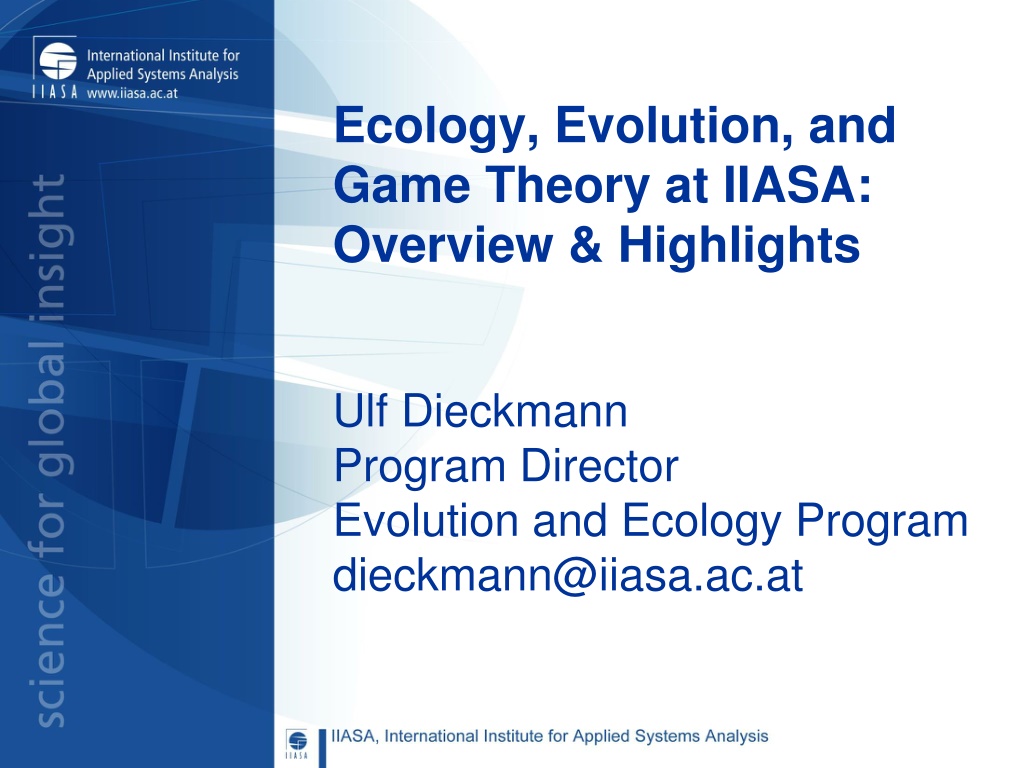
 undefined
undefined